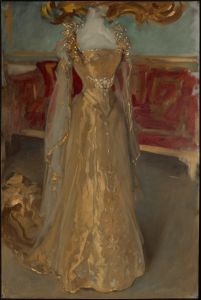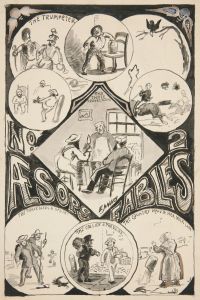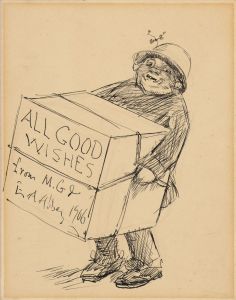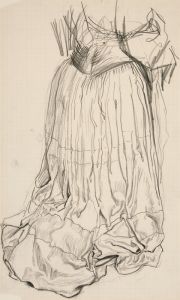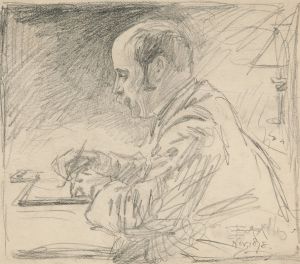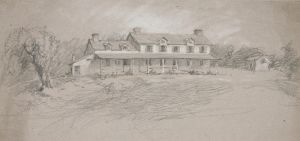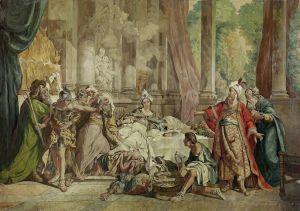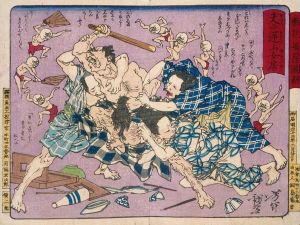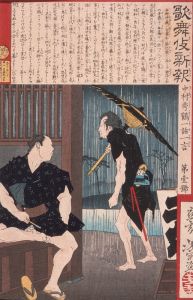
Composition study for ‘Seven Deadly Sins’ in The Quest of the Holy Grail mural series at Boston Public Library
A hand-painted replica of Edwin Austin Abbey’s masterpiece Composition study for ‘Seven Deadly Sins’ in The Quest of the Holy Grail mural series at Boston Public Library, meticulously crafted by professional artists to capture the true essence of the original. Each piece is created with museum-quality canvas and rare mineral pigments, carefully painted by experienced artists with delicate brushstrokes and rich, layered colors to perfectly recreate the texture of the original artwork. Unlike machine-printed reproductions, this hand-painted version brings the painting to life, infused with the artist’s emotions and skill in every stroke. Whether for personal collection or home decoration, it instantly elevates the artistic atmosphere of any space.
Edwin Austin Abbey was an American artist known for his murals and illustrations, particularly those that depict scenes from literature and history. One of his most significant works is the mural series "The Quest of the Holy Grail," located in the Boston Public Library. This series, completed between 1895 and 1902, consists of 15 panels and is considered one of Abbey's masterpieces. It illustrates the Arthurian legend of the quest for the Holy Grail, a theme that has captivated audiences for centuries.
The "Composition study for ‘Seven Deadly Sins’" is a preparatory work related to this mural series. While specific details about this particular study are limited, it is understood to be part of Abbey's extensive process of planning and designing the murals. Abbey was known for his meticulous approach to composition and detail, often creating numerous sketches and studies before finalizing his works. These studies were crucial in helping him visualize the complex scenes and ensure that the final murals conveyed the intended narrative and emotional impact.
The concept of the Seven Deadly Sins has been a popular subject in art and literature, symbolizing the moral vices that lead individuals away from virtue. In the context of the Holy Grail legend, these sins could represent the moral and spiritual challenges that the knights must overcome in their quest. Abbey's exploration of this theme would have been in line with the broader narrative of the Grail quest, which emphasizes purity, redemption, and the struggle between good and evil.
Abbey's murals in the Boston Public Library are celebrated for their rich detail, vibrant colors, and the artist's ability to convey complex narratives through visual art. The "Quest of the Holy Grail" series is particularly noted for its historical accuracy and the depth of its storytelling. Abbey drew inspiration from medieval texts and Arthurian legends, infusing his work with a sense of authenticity and reverence for the source material.
The Boston Public Library murals were commissioned as part of an effort to establish the library as a cultural and intellectual hub. Abbey's work, alongside that of other artists like John Singer Sargent, contributed to the library's reputation as a center for art and learning. The murals remain a significant attraction, drawing visitors who appreciate both their artistic merit and their historical significance.
In summary, while specific information about the "Composition study for ‘Seven Deadly Sins’" is limited, it is an integral part of Edwin Austin Abbey's process in creating the "Quest of the Holy Grail" murals. These murals are a testament to Abbey's skill as an artist and his dedication to bringing the rich tapestry of Arthurian legend to life.





